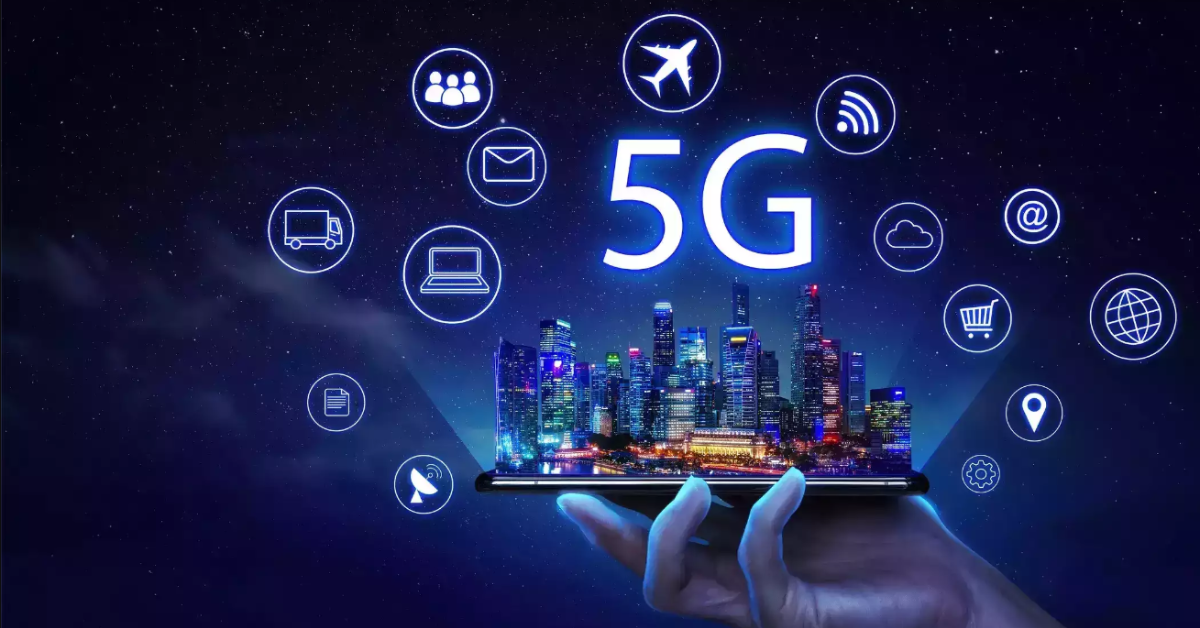In recent years, cloud gaming has emerged as a game-changer in the digital entertainment landscape, fundamentally altering how we access and experience video games. With 2024 ushering in new advancements and shifts, cloud gaming continues to evolve, offering gamers unprecedented convenience and flexibility. Here’s an in-depth look at how cloud gaming is evolving and what it means for the future of gaming.
1. Expansion of Cloud Gaming Services
Diverse Offerings: Major players like Xbox Cloud Gaming (formerly known as xCloud), NVIDIA GeForce NOW, and PlayStation Plus Premium are continually expanding their offerings. These platforms are not only growing their game libraries but also enhancing their infrastructure to deliver better performance and user experience.
Global Reach: Cloud gaming services are extending their reach across the globe, making high-quality gaming accessible in regions where high-end hardware might be less common. This increased availability is helping to democratize access to gaming.
2. Enhanced Performance and Latency Reduction
Advancements in Streaming Technology: One of the significant barriers to cloud gaming has been latency. However, advancements in streaming technology and infrastructure are significantly reducing lag. Innovations such as data compression techniques and edge computing are playing a crucial role in improving responsiveness and visual quality.
5G Connectivity: The rollout of 5G networks is having a profound impact on cloud gaming. With lower latency and higher bandwidth, 5G is enabling smoother gameplay experiences, even in mobile and remote settings. Gamers can expect more reliable and high-quality streaming on the go.
3. Improved User Experience
Adaptive Streaming: Modern cloud gaming services are incorporating adaptive streaming technologies that adjust video quality based on the user’s internet connection and hardware capabilities. This ensures a more stable and enjoyable experience, regardless of network conditions.
Integration with Existing Libraries: Many cloud gaming services are now integrating with existing game libraries and subscriptions. This means players can access their purchased games or subscription services seamlessly across different platforms without needing to repurchase or re-download games.
4. Expanding Platform Compatibility
Cross-Platform Play: Cloud gaming is enhancing cross-platform play by allowing users to access their games from various devices. Whether you’re on a PC, console, smartphone, or tablet, you can pick up where you left off without needing specific hardware.
Browser-Based Gaming: Some cloud gaming services are focusing on browser-based gaming, eliminating the need for dedicated apps or software. This approach simplifies access and broadens compatibility, allowing users to play games directly through their web browsers.
5. Cloud Gaming and AI Integration
Personalized Recommendations: AI is being leveraged to provide personalized game recommendations based on players’ preferences and playing habits. This helps users discover new games and content that match their interests.
Enhanced Game Optimization: AI is also being used to optimize game performance in the cloud. By analyzing player behavior and system performance, AI can adjust settings and streaming parameters in real-time to ensure the best possible experience.
6. Subscription Models and Monetization
Flexible Pricing Models: Cloud gaming services are experimenting with various subscription models, including tiered access, pay-as-you-go, and bundling with other services. This flexibility allows gamers to choose options that best fit their needs and budget.
In-Game Purchases and Monetization: Cloud gaming platforms are exploring new monetization strategies, including in-game purchases and exclusive content. These strategies are designed to enhance revenue streams while providing value to players.
7. Integration with Emerging Technologies
Virtual Reality (VR) and Augmented Reality (AR): Cloud gaming is starting to integrate with VR and AR experiences. This integration allows for more immersive gameplay without requiring high-end local hardware, as the heavy lifting is done in the cloud.
Blockchain and NFTs: Some cloud gaming services are exploring the use of blockchain technology and NFTs (non-fungible tokens) to create unique in-game assets and digital collectibles. This opens up new possibilities for ownership and trading within virtual worlds.
8. Addressing Challenges and Concerns
Data Privacy and Security: As with any cloud-based service, data privacy and security remain critical concerns. Cloud gaming providers are investing in robust security measures to protect user data and ensure safe gaming experiences.
Internet Accessibility: While cloud gaming is expanding globally, there are still areas with limited internet connectivity. Addressing this digital divide remains a challenge to ensure that cloud gaming can reach a wider audience.
9. Future Prospects and Innovations
Hybrid Gaming Models: The future of cloud gaming may involve hybrid models that combine local and cloud-based resources. This approach could offer the best of both worlds, providing high performance while maintaining the flexibility and convenience of cloud gaming.
Immersive Experiences: As technology continues to advance, we can expect cloud gaming to offer even more immersive experiences, including enhanced graphics, real-time environmental changes, and more sophisticated gameplay mechanics.
Conclusion
The evolution of cloud gaming is reshaping the gaming industry, making high-quality gaming more accessible and convenient than ever before. With ongoing advancements in technology, infrastructure, and user experience, cloud gaming is set to become an integral part of the gaming ecosystem. As we look to the future, the potential for cloud gaming to revolutionize how we play, interact, and engage with digital worlds is truly exciting.





